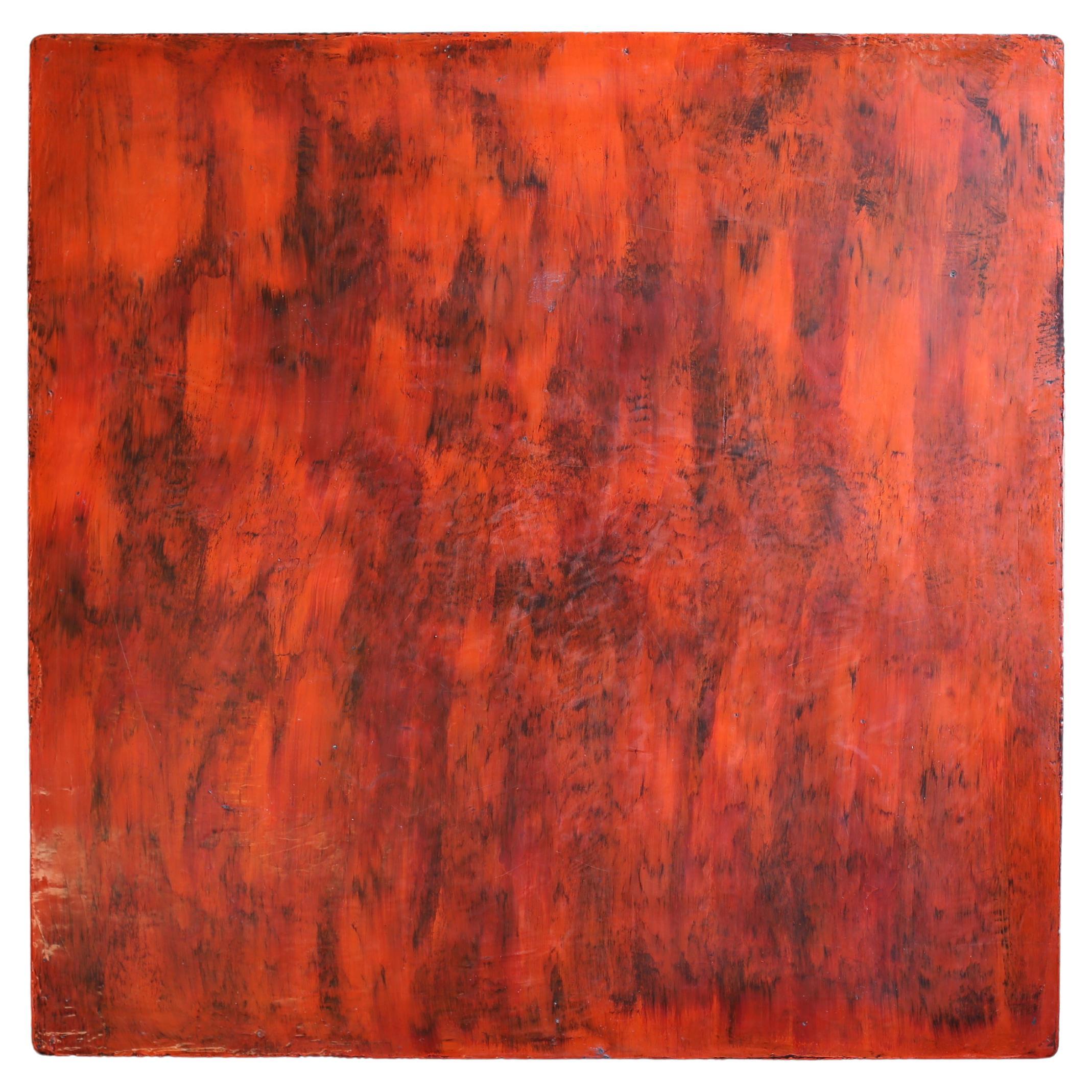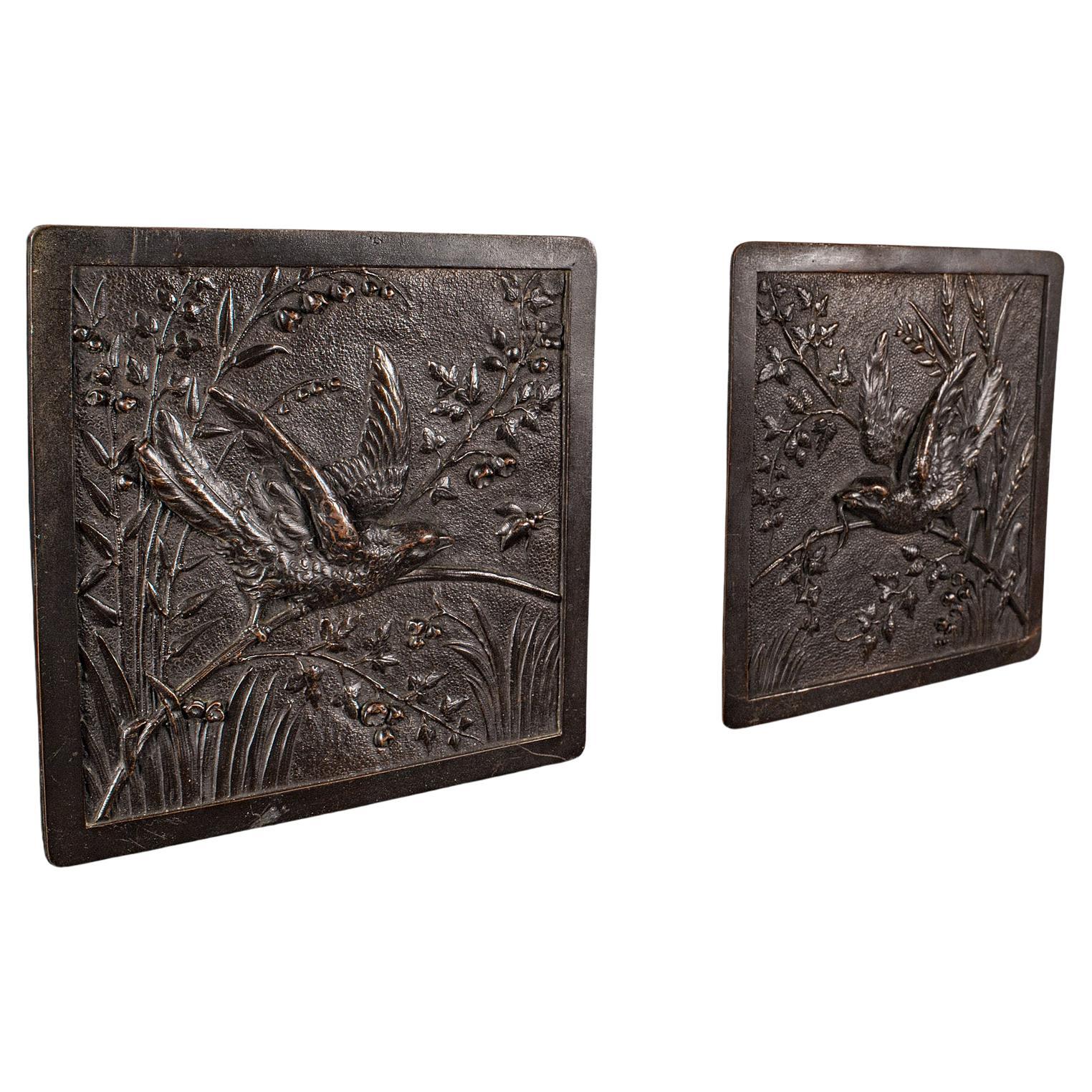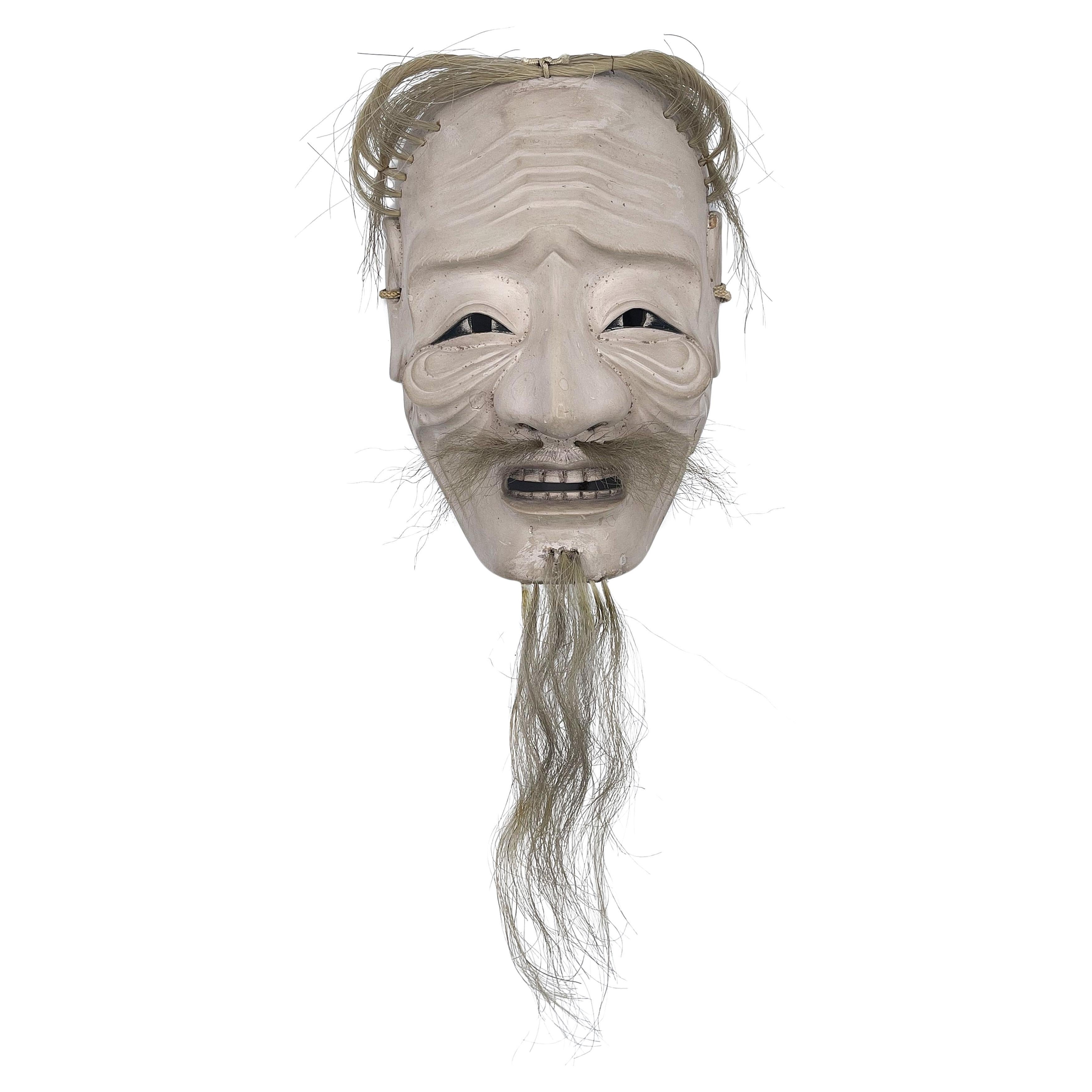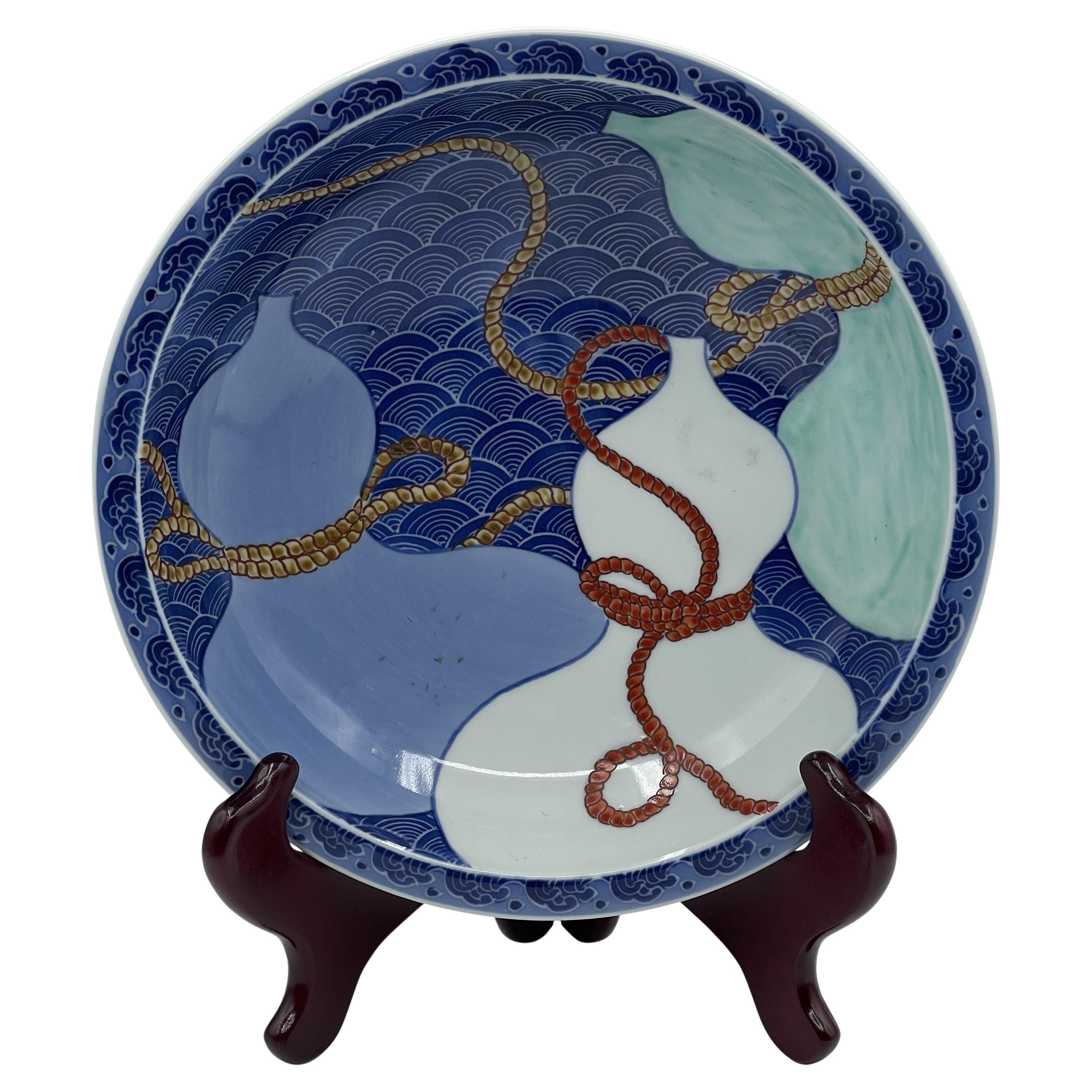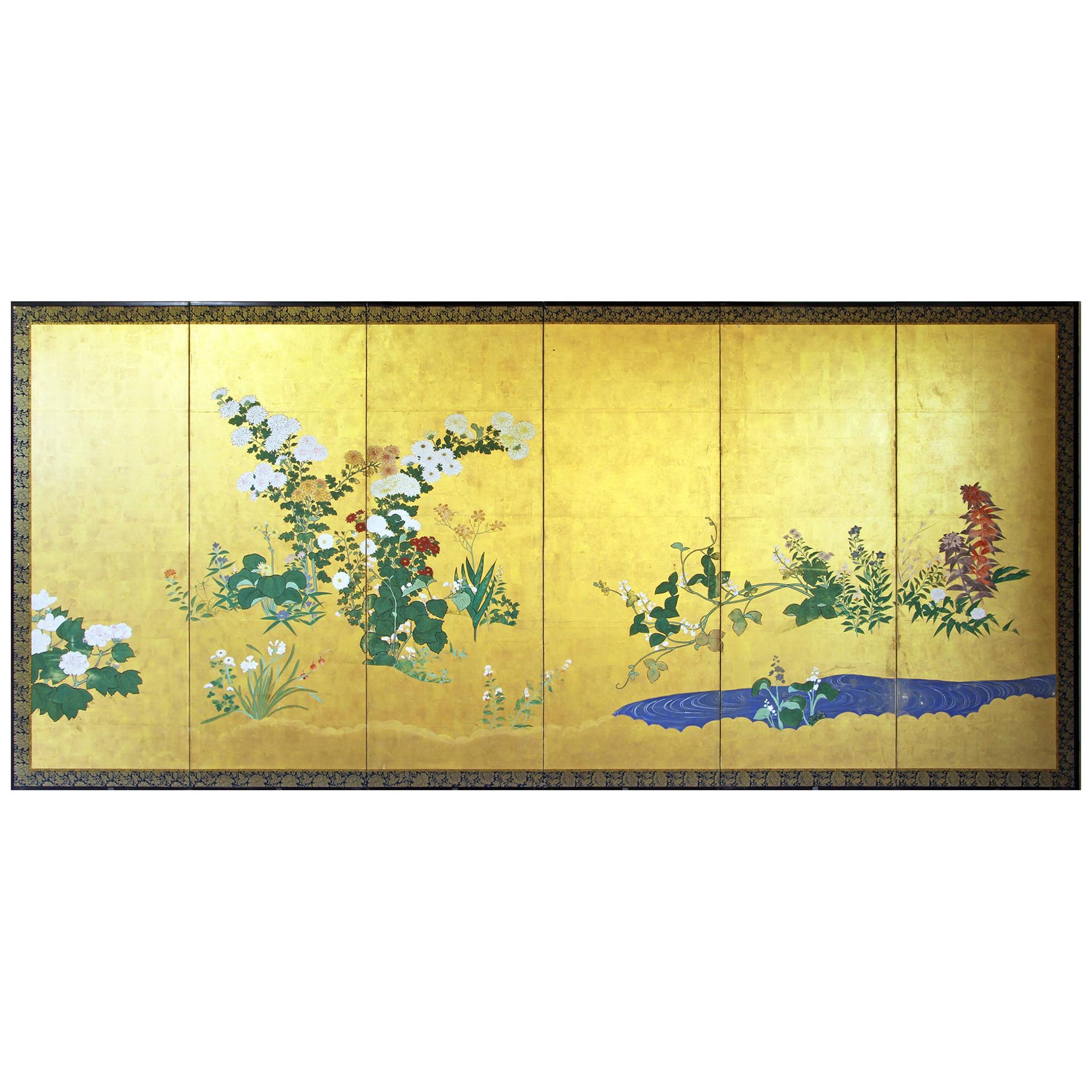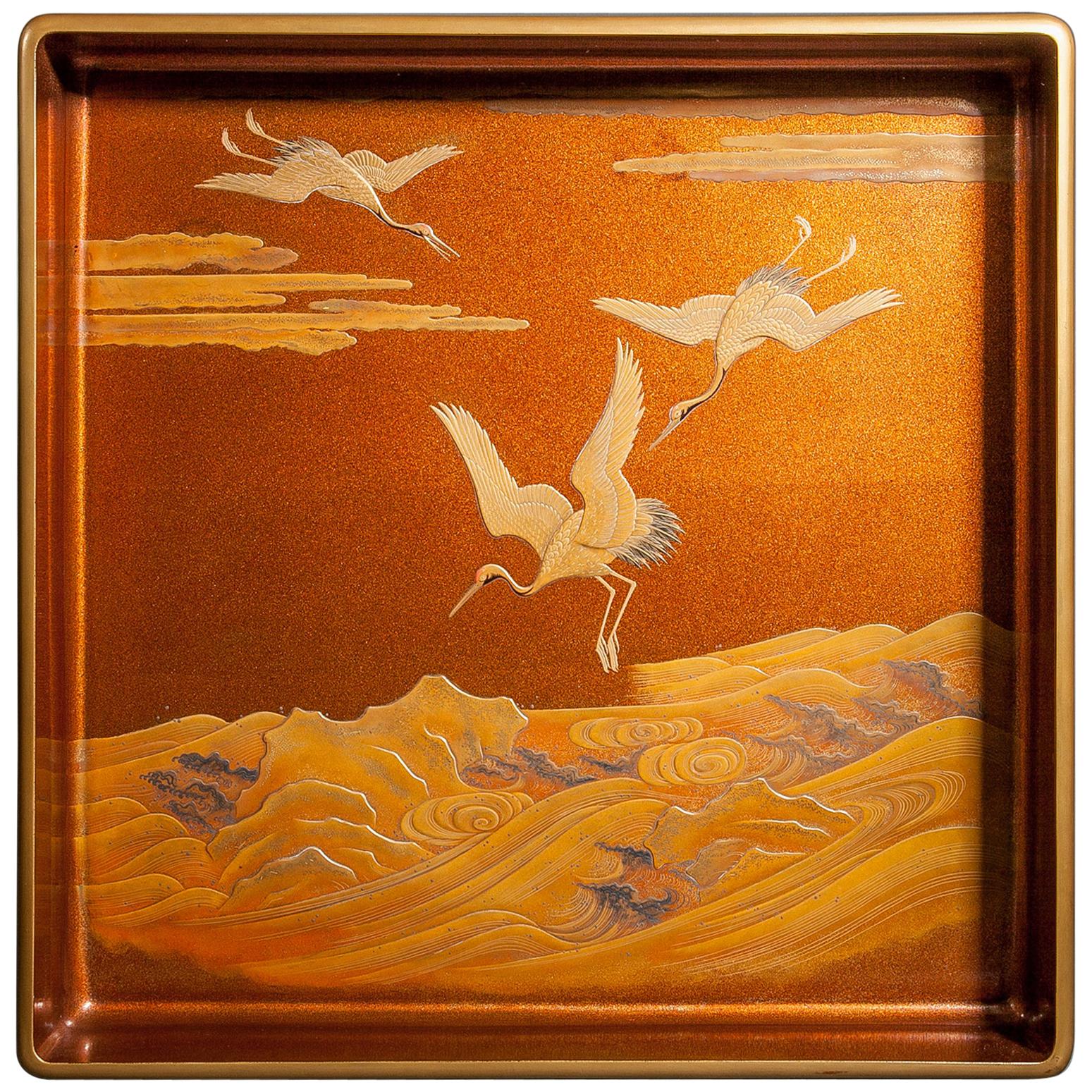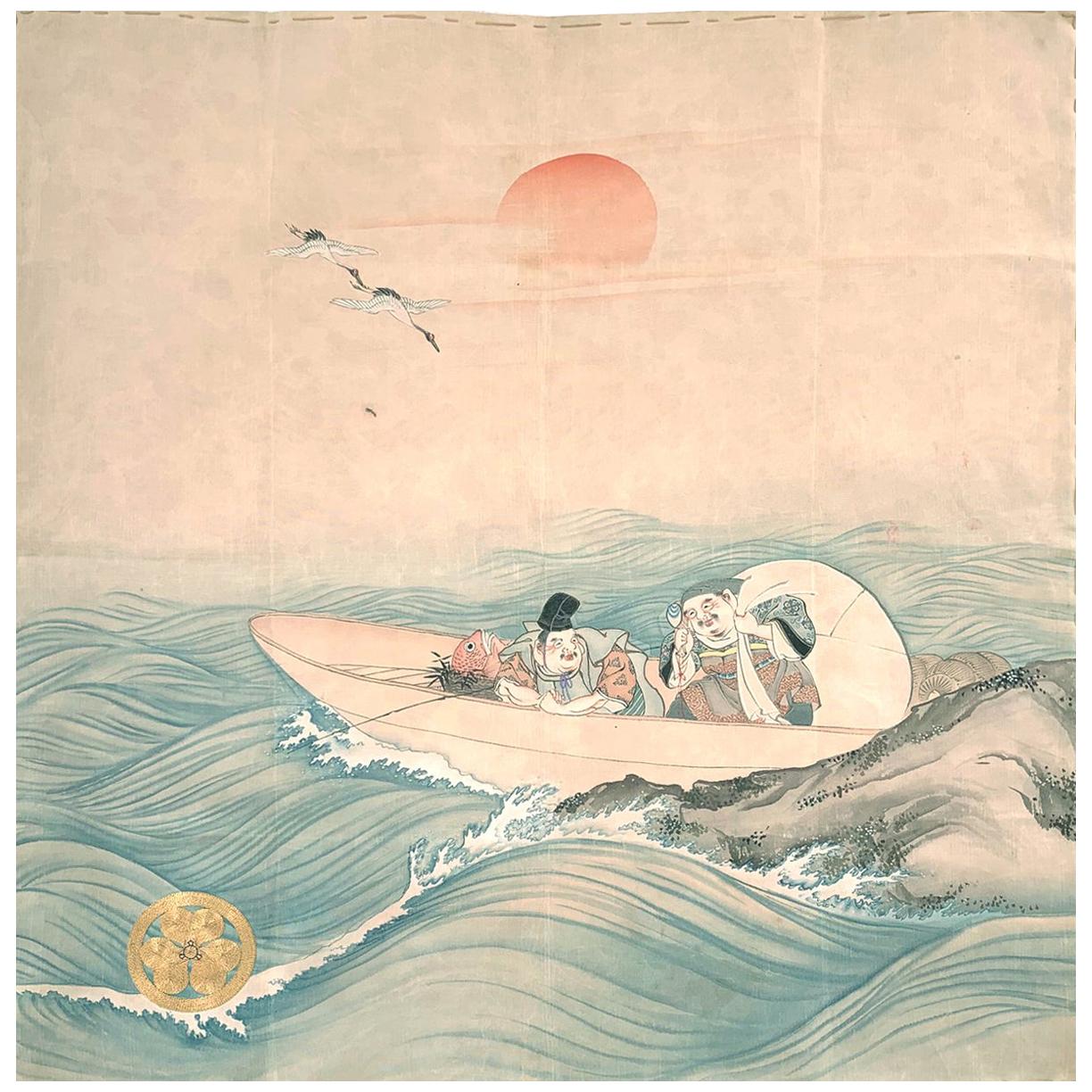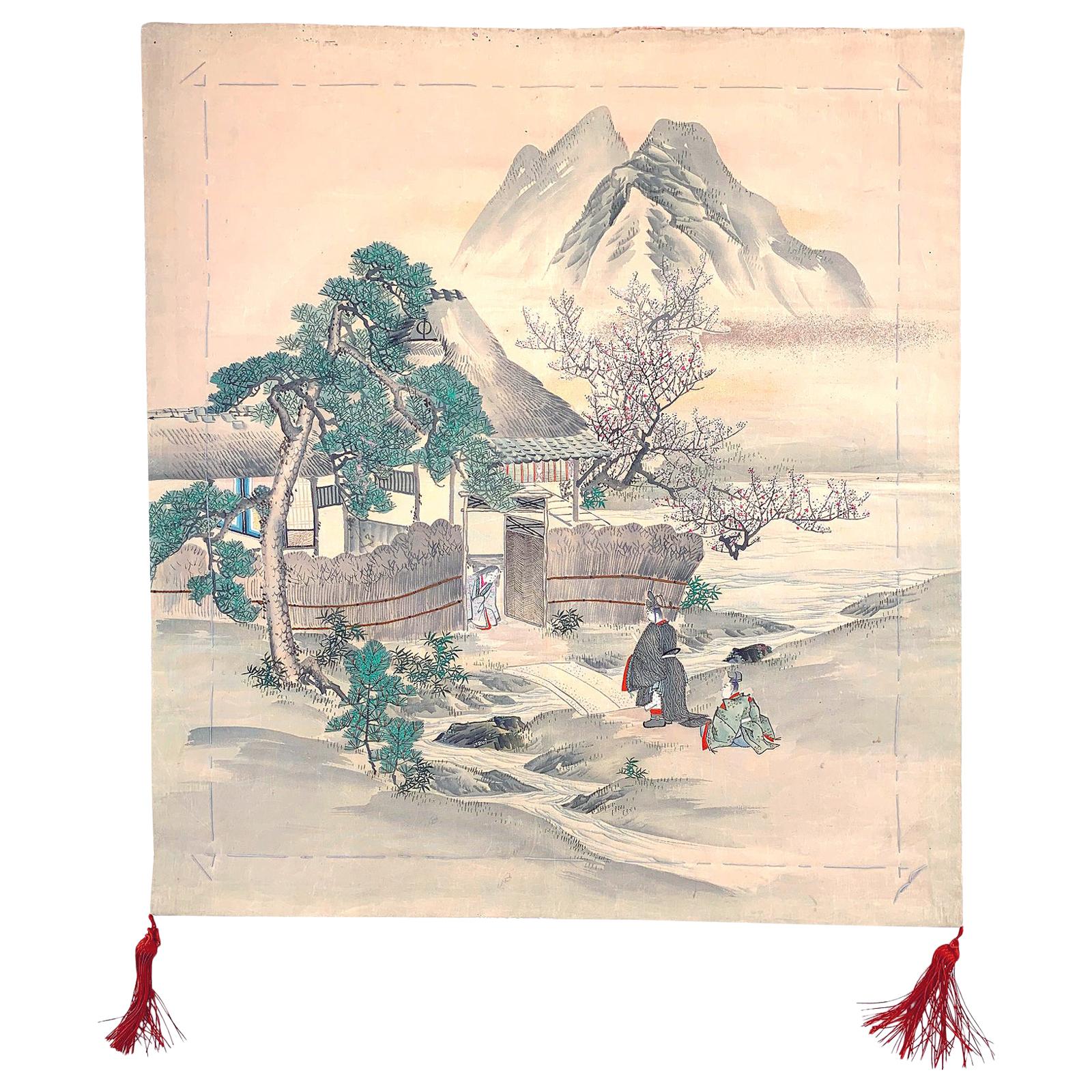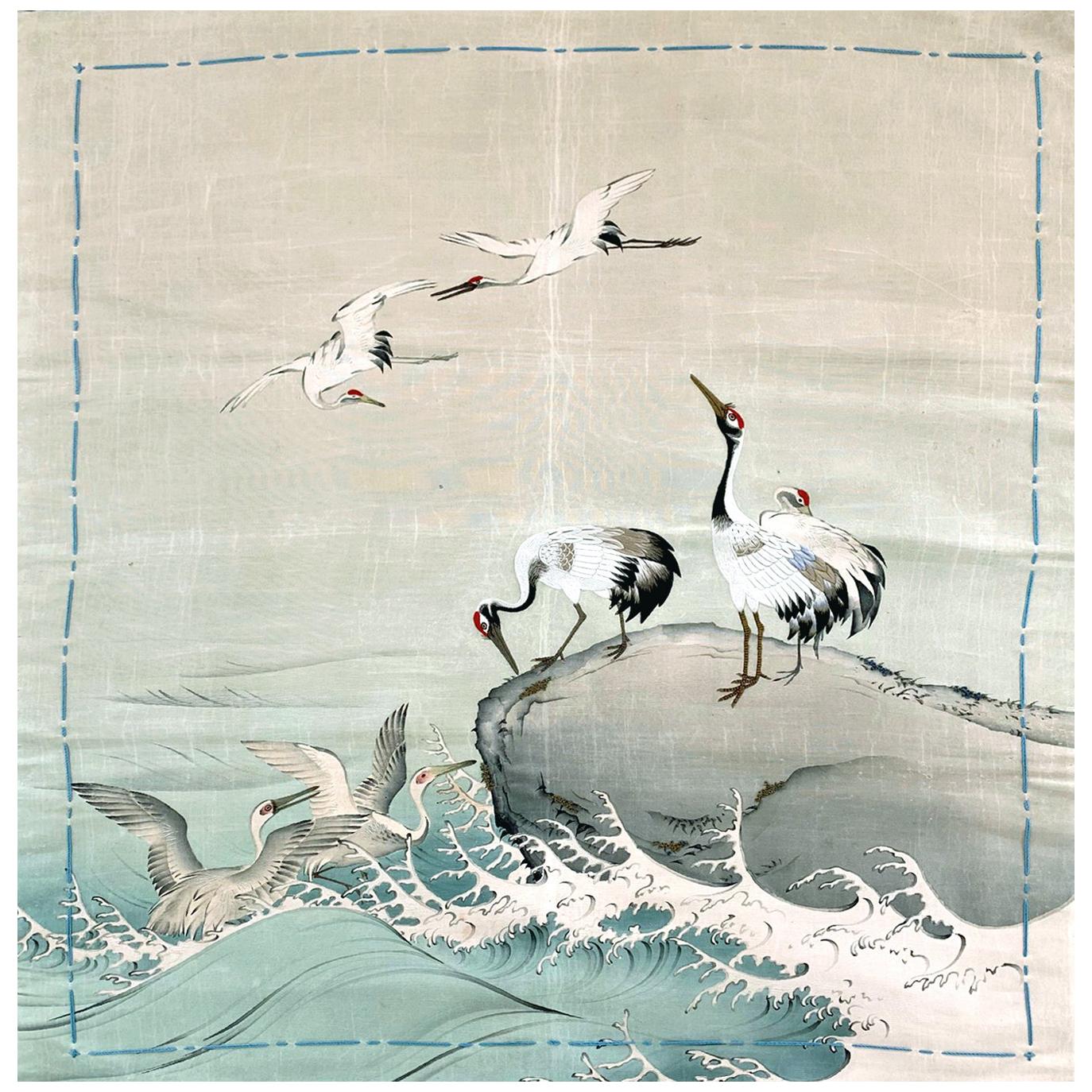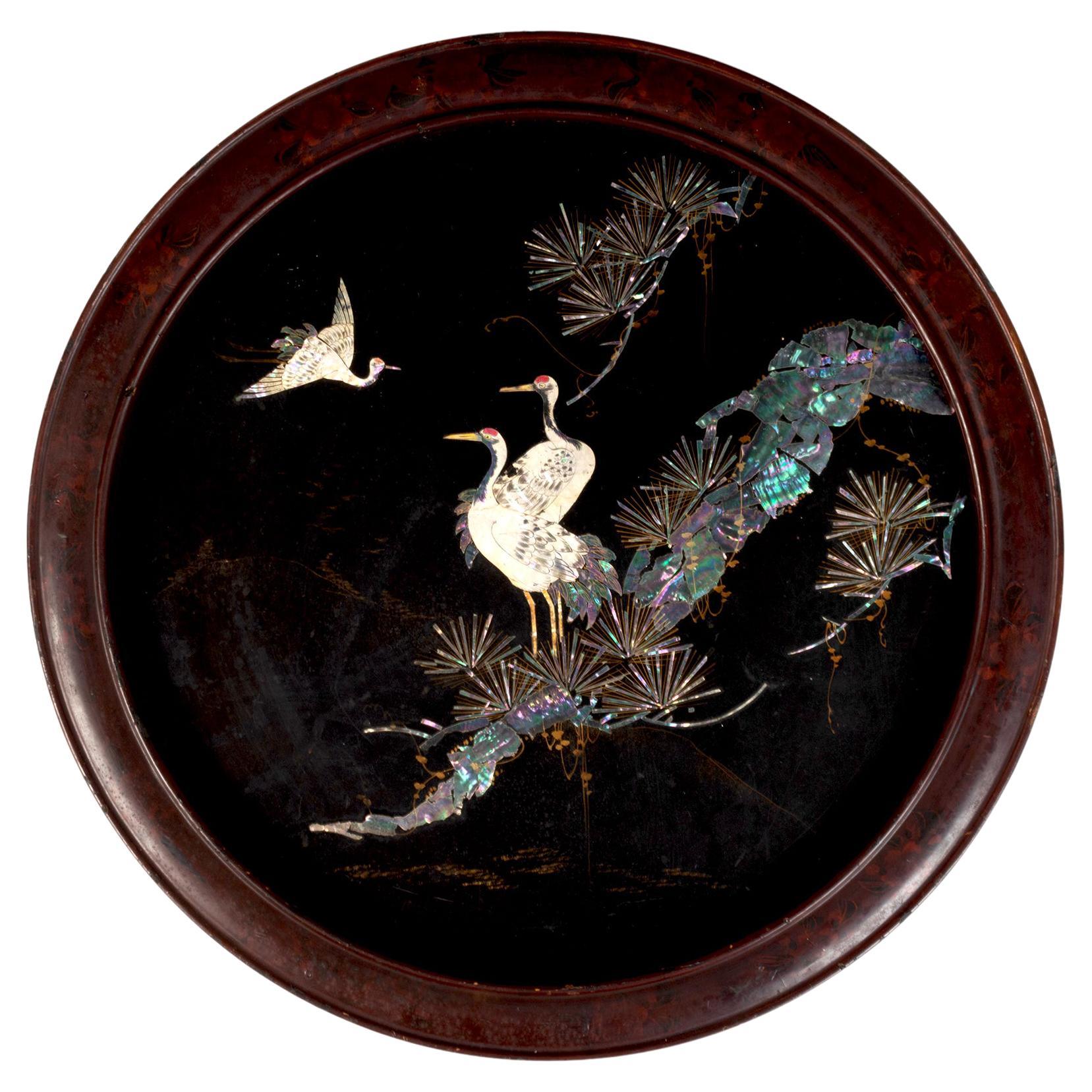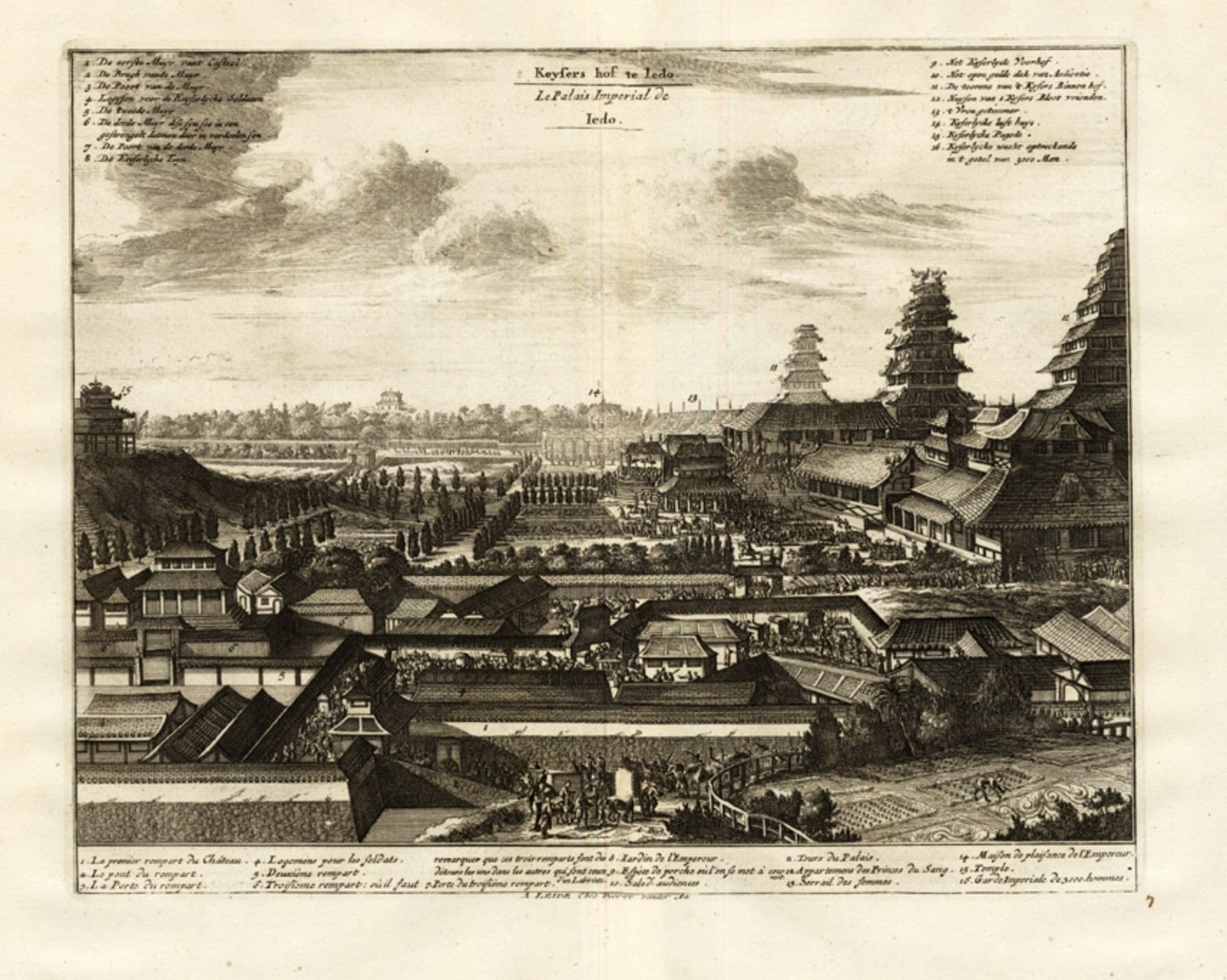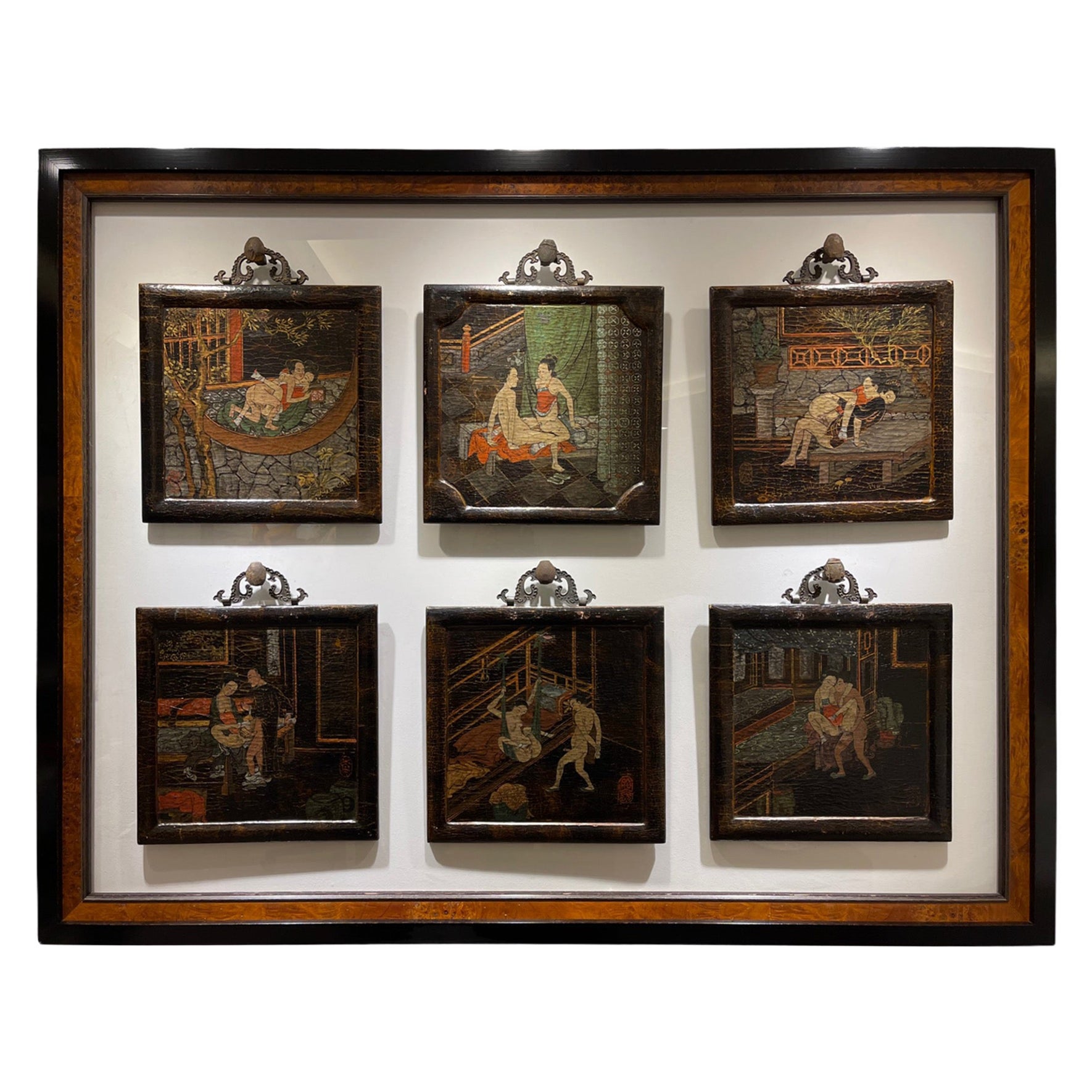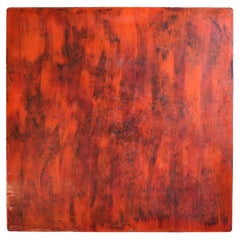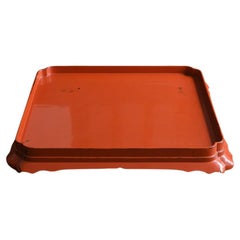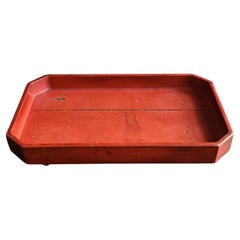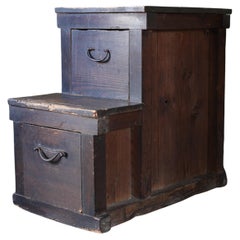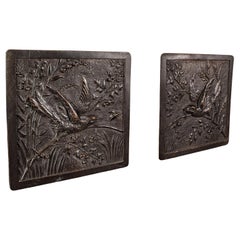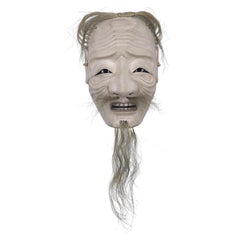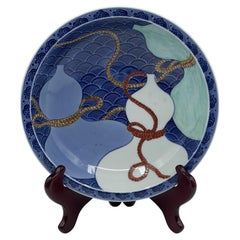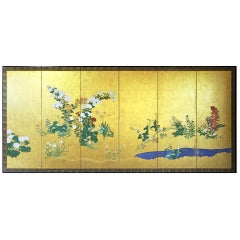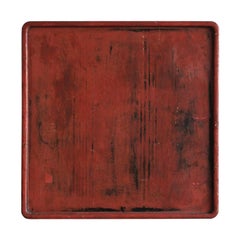
Japanese antique lacquered tray/“Negoro” tray/Edo period/Like abstract painting
View Similar Items
Want more images or videos?
Request additional images or videos from the seller
1 of 21
Japanese antique lacquered tray/“Negoro” tray/Edo period/Like abstract painting
About the Item
- Dimensions:Height: 1.38 in (3.5 cm)Width: 19.1 in (48.5 cm)Depth: 19.1 in (48.5 cm)
- Materials and Techniques:Cypress,Lacquered
- Period:
- Date of Manufacture:17th to 19th century
- Condition:
- Seller Location:Sammu-shi, JP
- Reference Number:1stDibs: LU5487237001692
About the Seller
5.0
Platinum Seller
Premium sellers with a 4.7+ rating and 24-hour response times
Established in 2015
1stDibs seller since 2020
1,562 sales on 1stDibs
Typical response time: 4 hours
Authenticity Guarantee
In the unlikely event there’s an issue with an item’s authenticity, contact us within 1 year for a full refund. DetailsMoney-Back Guarantee
If your item is not as described, is damaged in transit, or does not arrive, contact us within 7 days for a full refund. Details24-Hour Cancellation
You have a 24-hour grace period in which to reconsider your purchase, with no questions asked.Vetted Professional Sellers
Our world-class sellers must adhere to strict standards for service and quality, maintaining the integrity of our listings.Price-Match Guarantee
If you find that a seller listed the same item for a lower price elsewhere, we’ll match it.Trusted Global Delivery
Our best-in-class carrier network provides specialized shipping options worldwide, including custom delivery.More From This Seller
View AllJapanese Antique Lacquered Board/“Negoro” /Like abstract painting
Located in Sammu-shi, Chiba
This is an old lacquered board made in Japan.
It is called a "Negoro" board.
Negoro is a type of Japanese lacquerware.
It is characterized by applying black lacquer to the wood base ...
Category
Early 20th Century Japanese Showa Decorative Art
Materials
Cypress
A large square tray made of Japanese antique lacquer / Late Edo period/19th
Located in Sammu-shi, Chiba
These trays were made after the late Edo period in Japan (after 1800).
This particular type of tray is known as "Negoro-bon."
Negoro lacquerware is a specific style of Japanese lacqu...
Category
Antique 19th Century Japanese Edo Lacquer
Materials
Lacquer
Japanese Edo period lacquerware tray/1700-1868/coffee cup tray/display stand
Located in Sammu-shi, Chiba
This is a lacquered wooden tray made in the latter half of the Edo Period (1700-1868).
The black and vermilion lacquer are well balanced on the front and back, making this a simple a...
Category
Antique 19th Century Japanese Edo Lacquer
Materials
Wood, Lacquer
Japanese Antique "Staircase Chest" 'Late Edo Period-Meiji Period' /Cabinet
Located in Sammu-shi, Chiba
We have an aesthetic sense peculiar to Japanese people.
And we introduce the unique items that only we can do, the route of purchasing in Japan, the experience value so far, and the way that no one can imitate.
Japanese antique black chest "staircase chest...
Category
Antique 19th Century Japanese Edo Furniture
Materials
Cedar
Japanese antique Kannon stone statue/Edo period/Buddhist ornament
Located in Sammu-shi, Chiba
This is a stone statue of Kannon Bosatsu (the Bodhisattva of Compassion), believed to have been made in Japan during the mid to late Edo period (late 18th century onward). The materi...
Category
Antique Early 19th Century Japanese Edo Figurative Sculptures
Materials
Stone
Japanese antique painted pottery / "Eseto" / Edo period, 1800s / Ashtray
Located in Sammu-shi, Chiba
This is a pottery called Seto-yaki, which was fired in Seto, Aichi Prefecture, Japan.
Seto is a kiln with a long history in Aichi Prefecture, Japan.
(Seto kilns are marked with red c...
Category
Antique 19th Century Japanese Edo Vases
Materials
Pottery
You May Also Like
Pair Of Antique Decorative Wall Plaques, Japanese, Bronze, Edo Period, Victorian
Located in Hele, Devon, GB
This is a pair of antique decorative plaques. A Japanese, bronze wall panel, dating to the early Victorian period, circa 1850.
Accentuate your wall ...
Category
Antique Mid-19th Century Japanese Decorative Art
Materials
Bronze
Japanese Edo Period Ko-jo Mask of an Old Man, ca. 1820
Located in New York, NY
Japanese Edo Period Ko-jo Mask of an Old Man, ca. 1820
Edo Period (1603-1868)
DIMENSIONS:
Length: 15” (with beard)
Length: 8” (without beard)
Height: 4”
Width: 5.5”
ABOUT
A Japanese Edo Period (1603-1868) Ko-jo Mask of an Old Man refers to a traditional theatrical or ceremonial mask crafted during Japan’s Edo period (1603–1868). Here's a breakdown of what this object typically represents and why it's significant:
The term "Ko-jo" (or Kojo) roughly translates to "old man" or "aged person" in Japanese. A Ko-jo mask often portrays the face of an elderly man, typically with exaggerated age features: deep wrinkles, sagging skin, a long nose, bushy eyebrows, and sometimes a beard. These masks are usually used in Noh, Kyogen, or folk performances, and occasionally in Shinto rituals.
In Noh theater, masks are used to express character types, moods, and spiritual roles. The Ko-jo mask might represent a wise elder, a spirit of age and wisdom, or even a deity.
In Kyogen, which is the comedic counterpart to Noh, old-man masks are used more playfully, often satirizing elderly characters in lighthearted scenes.
The Ko-jo mask may also symbolize ancestral reverence or longevity, tying it to folk beliefs and ritual performances.
Edo period masks...
Category
Antique 1820s Japanese Japonisme Decorative Art
Materials
Wood
Japanese Edo Period Nabashima Porcelain Plate with Three Sake Bottles, Ca. 1850
Located in New York, NY
Japanese Edo Period Nabashima Porcelain Blue Plate with Three Sake Bottles, Ca. 1850
PERIOD
Edo Period ((1603-1868) – Mid-19...
Category
Antique 1850s Japanese Japonisme Decorative Art
Materials
Porcelain
Edo Landscape Japanese Folding Screen
By Japanese Studio
Located in Brescia, IT
Refined work by a painter from the first half of the 19th century, from the landscape of the "Rinpa" school by a painter from the end of the 18th century, the Rinpa school.
Six panels painted in ink on gold leaf and "gofun" on vegetable paper.
The flowers are made with the "gofun" technique, natural or pigmented white oyster powder.
Rinpa is one of the major historical schools of Japanese painting. The style was consolidated by the brothers Ogata Korin (1658–1716) and Ogata Kenzan (1663–1743).
This folding screen has a very clean design that leaves plenty of room for the beautiful golden landscape.
It comes flat and you can easily hang it with our hooks.
Lucio Morini...
Category
Antique 18th Century Japanese Edo Paintings and Screens
Materials
Gold Leaf
Japanese Nashiji Lacquer Tray with Crane and Wave Design
Located in Hudson, NY
Japanese Nashiji lacquer tray with crane and wave design, this exquisite tray is a masterful example of multiple lacquer techniques using gold (including maki-e and takamaki-e). This...
Category
Antique Late 19th Century Japanese Meiji Lacquer
Materials
Gold
Japanese Antique Fukusa Textile Art Meiji Period
Located in Atlanta, GA
A Japanese silk Fukusa panel circa late 19th-early 20th century of Meiji Period. The front was beautifully decorated with Yuzen-zome, a labor intensive resist-dye technique invested ...
Category
Early 20th Century Japanese Japonisme Textiles
Materials
Silk, Beads
